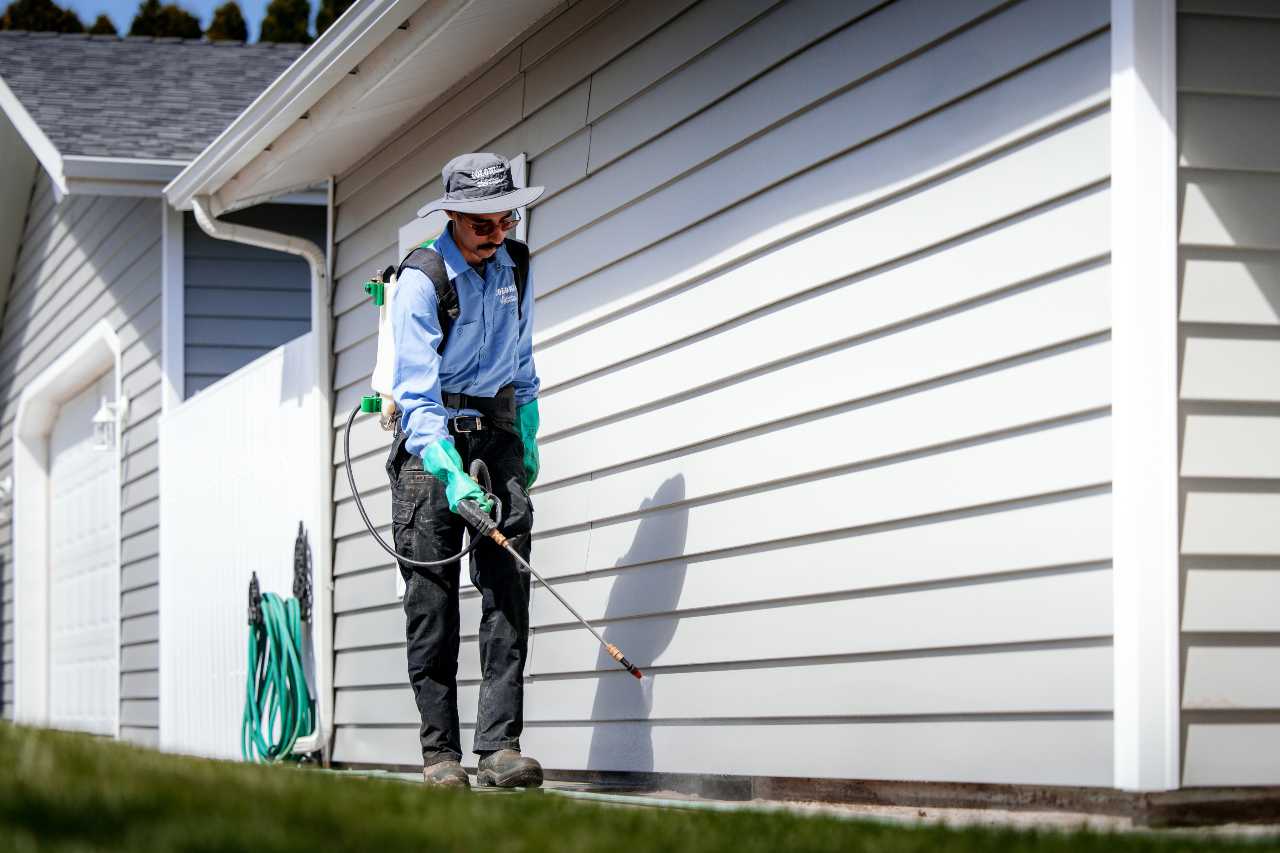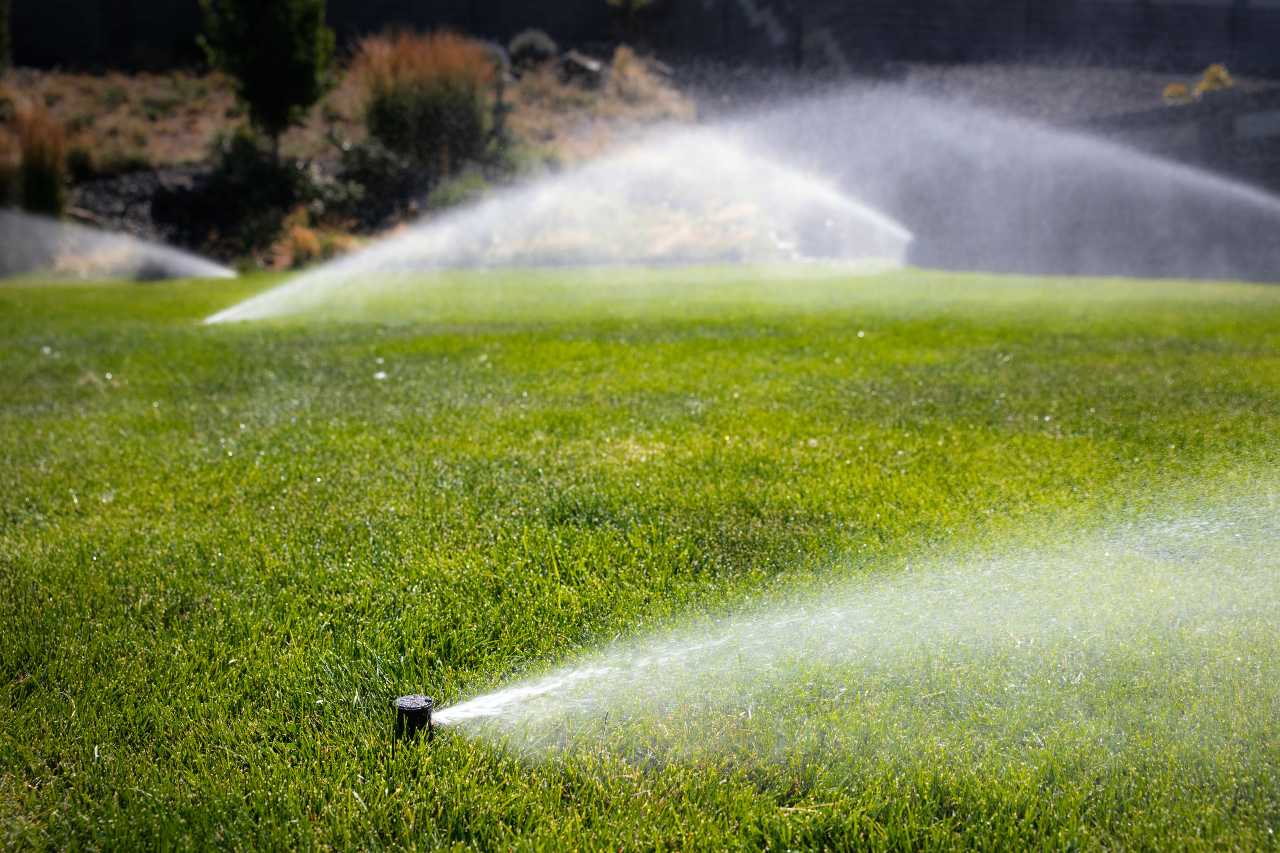
A lush, green lawn is more than just a pretty sight; it’s a testament to the overall health and well-being of your outdoor space. Maintaining a healthy lawn goes beyond regular watering and mowing—it means being vigilant about potential threats that can disrupt your lawn’s vitality. One of the major threats to look out for is lawn diseases, a concern that is often underestimated but can cause extensive damage if not treated properly. This is where we, the lawn care experts at Colonial Lawn & Garden, step in to offer essential advice and solutions.
Today, we’ll delve into common lawn diseases that homeowners in the Tri-Cities and Yakima area should know, how to identify them, and the signs and symptoms to watch out for. We’ll also provide prevention advice and discuss our specialized Lawn Care Program designed to effectively diagnose and treat these diseases.
Common Lawn Diseases to Keep an Eye On: Insights from Lawn Care Experts
Having a well-maintained lawn is more than just an aesthetic preference; it’s an investment in your property’s value and a contribution to the local ecosystem. Awareness of the different types of lawn diseases is crucial for any homeowner interested in maintaining a lush and healthy outdoor space. Let’s dive into some common lawn diseases that could plague your lawn and how to recognize them.
Brown Spot (aka Anthracnose)
This disease is a widespread problem caused by the fungus called Rhizoctonia solani. It results in irregular, brown patches on the grass, making your lawn look unattractive and unhealthy. It often shows up during hot, dry periods and requires immediate attention for effective treatment.
Dollar Spot
Dollar Spot manifests as small, silver-dollar-sized tan or straw-colored patches on your lawn. This disease is most common in conditions of low moisture and primarily affects Bermuda, Kentucky bluegrass, and zoysia grass.
Fairy Ring
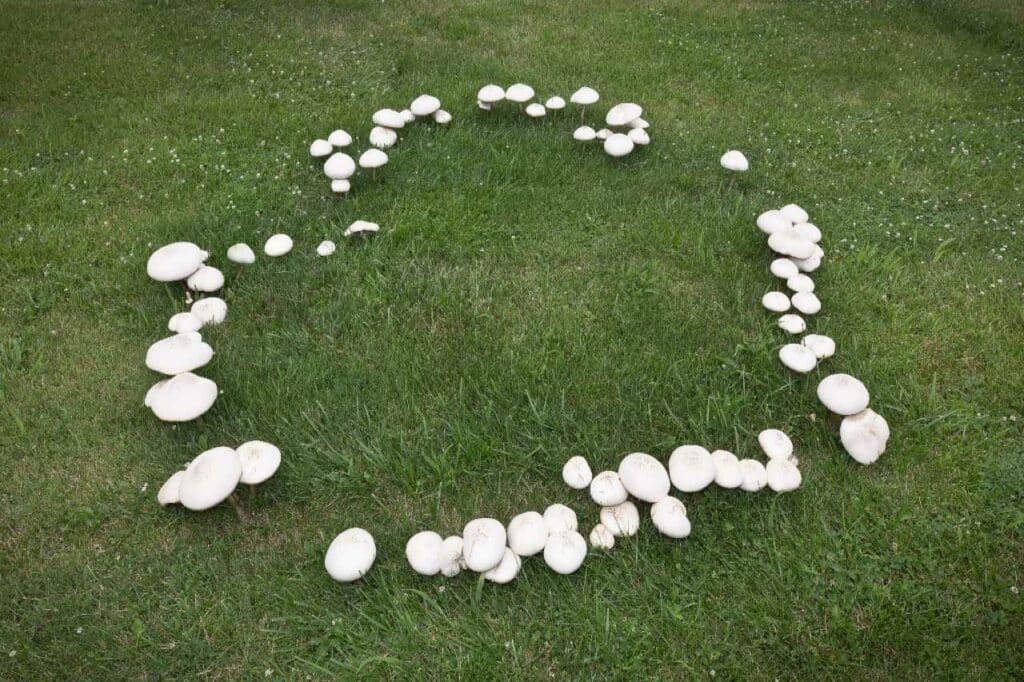
Fairy Ring is a fascinating yet potentially damaging disease. It manifests as a visible circle or arc of mushrooms on your lawn. The affected area may exhibit rapid grass growth or, conversely, grass death, causing unevenness on your lawn.
Fun Fact: Did you know that fairy rings have been a curiosity throughout the ages? They have created some fascinating myths and stories, including witches, dragons, and, of course, fairies!
Necrotic Ring
Necrotic Ring shows up in late summer and creates rings of dead grass. As the disease progresses, the grass inside the ring remains healthy and green, while the outer grass dies and becomes matted, resulting in a doughnut pattern. This disease can be incredibly challenging to eradicate due to its perennial nature.
Powdery Mildew
Powdery mildew takes its name from its appearance, resembling a baby powder coating on the grass blades. It thrives in the shade and can spread rapidly in darker areas of your lawn, leading to yellowing and eventual death of the grass leaves.
Leaf Rust
This fungus primarily affects Kentucky bluegrass, appearing on grass blades as yellow, orange, red, black, or brown pustules. It most often occurs during warmer months when the lawn has excess dew.

Fusarium Patch
Fusarium Patch affects various grass types and loves cool, moist conditions. It manifests as small, irregularly shaped orange patches that can spread rapidly if left untreated.
Red Thread
Red Thread fungus doesn’t damage the turfgrass but ruins its appearance by creating vine-like growths resembling red threads snaking through your lawn. This disease thrives in soil that lacks nutrients.
Other Detrimental Factors: More Than Just Lawn Diseases
Lawn diseases are not the only threats to a healthy lawn. Other factors can also cause substantial damage if not dealt with promptly.
Crab Grass: Crab Grass is an invasive weed that takes advantage of any gaps or weaknesses in your lawn, spreading quickly if not controlled.
Grub Overpopulation: Grub overpopulation can lead to widespread damage as these larvae feed on the roots of your grass, resulting in brown and dying patches on your lawn.
Weeds: Weeds like dandelions and clover can take up valuable nutrients and space, making it difficult for your desired turfgrass to grow and thrive.
Being aware of these diseases and detrimental factors is crucial for effective treatment and maintenance. Consulting lawn care experts like Colonial Lawn & Garden ensures your lawn receives the specialized care needed to remain vibrant and healthy.
Symptoms and Prevention of Lawn Disease: Tips from Lawn Care Experts
Identifying Symptoms of Common Lawn Diseases
Recognizing lawn diseases early is essential for effective treatment. Here is a summarized list of the symptoms that are easy to spot:
- Irregular brown, yellow, or tan patches on the grass
- Circular or doughnut-shaped areas of dead or dying grass
- Rapid growth or death of grass in circular patterns
- Red, orange, or brown pustules on grass blades
- White, powdery substances on grass
- Vine-like red threads weaving through the grass
- Grass easily detaches from the soil, signifying root damage
Prevention Tips for Lawn Diseases
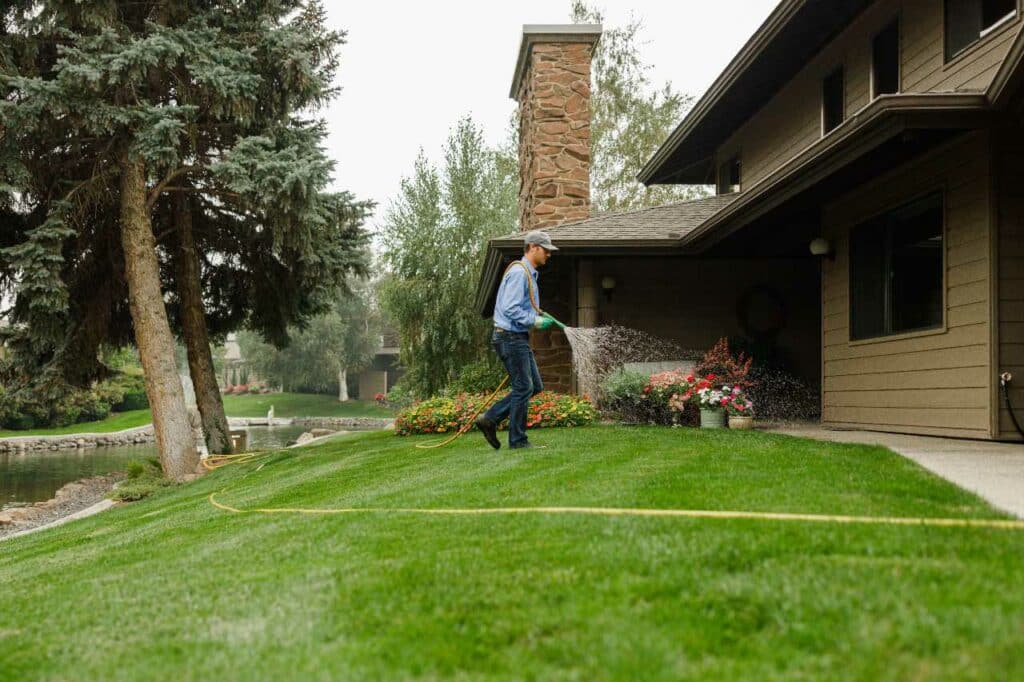
Preventing lawn diseases begins with good lawn care practices. Here are easy prevention tips to keep in mind:
- Regular Mowing: Keep your lawn mowed at the recommended height for your specific type of grass to prevent the build-up of thatch, which can harbor disease.
- Adequate Watering: Water your lawn early in the morning to allow the grass to dry, reducing the risk of fungal diseases.
- Fertilize Properly: Use the right type and amount of fertilizer for your lawn’s needs. Over-fertilizing can lead to disease outbreaks.
- Aerate the Soil: Aerating your lawn can improve drainage and reduce compaction, preventing diseases like Necrotic Ring.
- Regular Inspections: Regularly inspect your lawn for any signs of disease or other detrimental factors like weeds or grub activity.
- Apply Fungicide: When necessary, use fungicides that are effective against the specific type of disease you’re dealing with.
- Seek Professional Help: Consult lawn care experts like Colonial Lawn & Garden for a specialized treatment plan for persistent or severe issues.
Taking proactive steps in lawn care can go a long way in preventing the onset of common lawn diseases. Adopt these practices to keep your lawn looking its best.
Colonial Lawn & Garden’s Specialized Lawn Care Program: Expertise You Can Trust
Your lawn is a reflection of your home, and maintaining its health is crucial. Colonial Lawn & Garden offers a specialized Lawn Care Program designed to keep your lawn disease-free and beautiful. Our program includes:
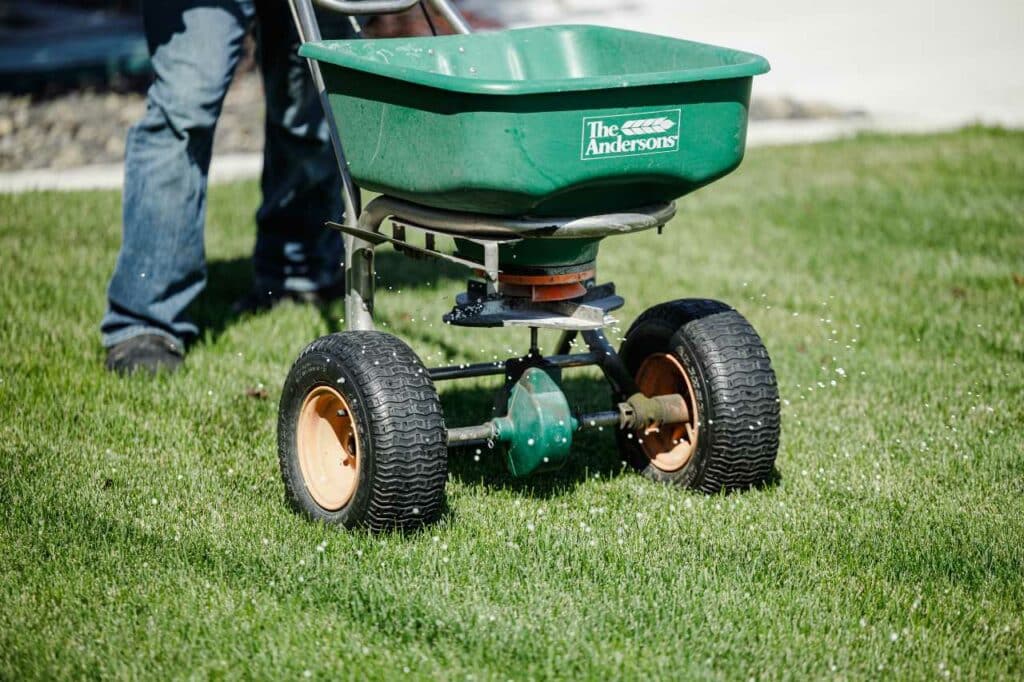
Lawn Fertilization
Tailored nutrient solutions that are kid and pet-friendly.
Weed Control
Proactive and post-emergent treatments for common weeds like dandelions and clover.
Grub Control
Preventive products to control grubs, the unseen destroyers of lawns.
Six Inspections
Our licensed technicians identify problems early, preventing them from escalating.
Choose Colonial Lawn & Garden for Expert Lawn Care
Maintaining a healthy lawn is more than just aesthetic; it’s about safeguarding a critical part of your home. Early detection of lawn diseases and proactive prevention are crucial. Trust the lawn care experts at Colonial Lawn & Garden for specialized solutions that keep your lawn thriving. Contact us today!

